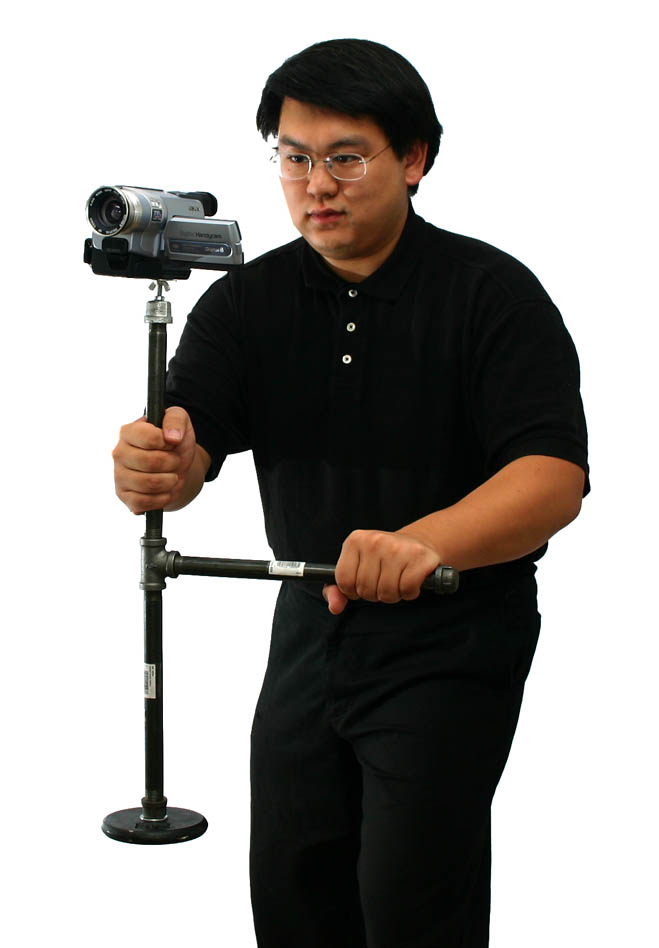60-minutes has posted a great behind-the-scenes look at a new Animal Planet program called ‘Spy on the Ice’. (click here) It is a close-up look at polar bears, filmed with extremely creative techniques: remote control cameras disguised as ice, cameras that move on skis, etc. This is the work of John Downer, who pioneered many of these creative approaches. (Learn more about John here). Early in his career, John reared a duck from an egg to enable himself to get closeup shots of a flying duck.
I love this stuff! These are such clever ways to approach filming, it makes me want get out there and build such things. Take inspiration from people like John: the only thing that limits you is your mind!
